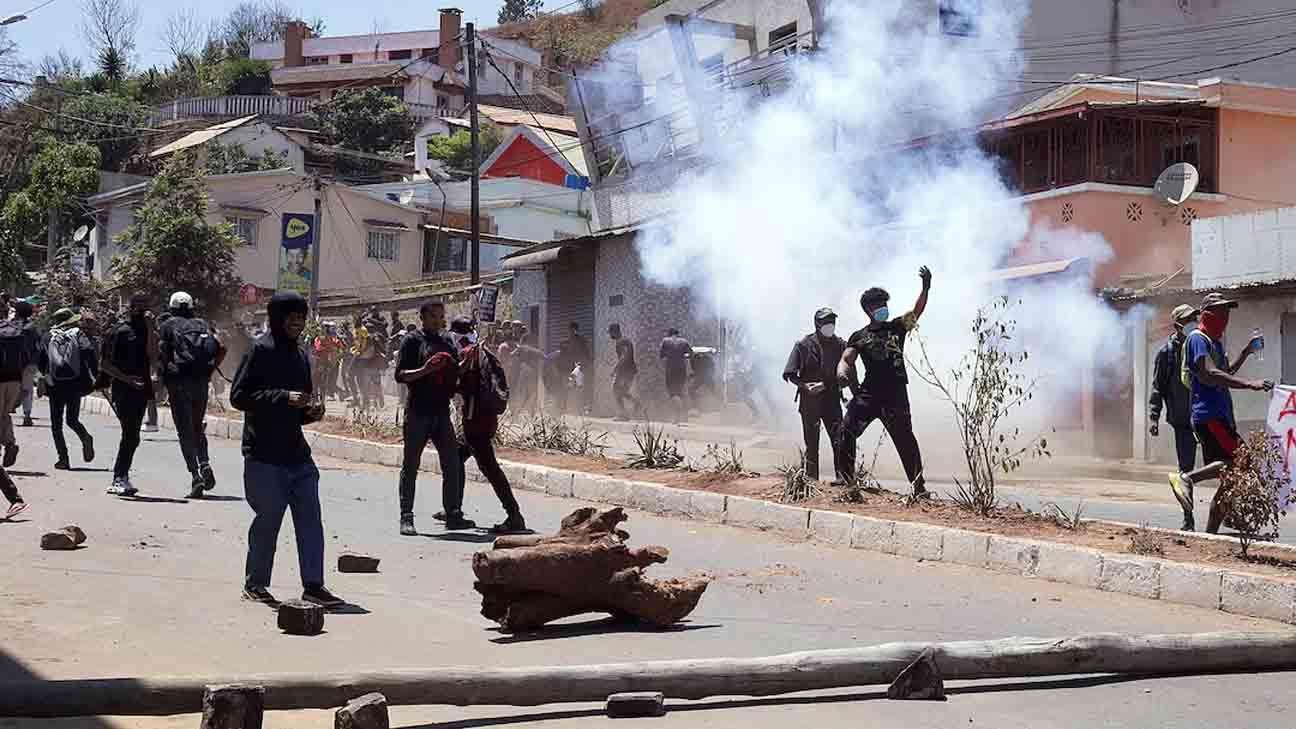A severe heatwave is gripping large parts of Europe, pushing temperatures above 40°C in southern France and the Western Balkans on Monday. The extreme conditions have sparked wildfires, triggered top-tier weather alerts, and forced evacuations in multiple countries, highlighting scientists’ warnings that Europe is the fastest-warming continent in the world.
Blazes have been reported in France’s Aude wine region, along Bulgaria’s southern border, near Montenegro’s capital and coast, and in northwest Turkey, while Hungary saw record-breaking weekend heat. Analysts from the UK-based Carbon Brief predict 2025 will likely rank as the second or third warmest year ever recorded.
Europe’s land temperatures have risen about 2.3°C above pre-industrial levels—nearly double the global average—making heatwaves more intense and fire seasons more severe. Since late June, Spain, Portugal, and Greece have suffered major outbreaks, with burned areas already exceeding normal seasonal levels. On Monday, France’s national weather agency, Météo-France, placed 12 departments under the rare red alert for exceptional heat, stretching from the Atlantic coast to the Mediterranean. Another 41 departments, plus Andorra, were on orange alert.
“This isn’t just ‘summer’—it’s a nightmare,” said agricultural climatologist Serge Zaka, speaking from Montauban in France’s Tarn-et-Garonne department. In southern cities like Valence and Toulouse, streets were deserted, windows were covered in foil to block sunlight, and tourists crowded under umbrellas along the Garonne. Outdoor cafes sat empty as residents sought refuge indoors.
In the Aude department, firefighters continued to monitor the aftermath of a massive blaze that destroyed 40,000 acres last week. Although contained, officials warned it may smoulder for weeks and reignite due to persistent hot spots. France has issued a red heat alert only eight times since introducing the system in 2004 after a deadly summer in 2003.
The current heatwave, France’s second this summer, began on Friday and is forecast to last through the August 15 holiday weekend. In Montenegro, fires near Podgorica and along the Adriatic coast prompted calls for international assistance, with evacuations in the north to protect the ruins of Duklja. Winds intensified the blaze, and residents were urged to conserve water.
Temperatures reached 43°C in Mostar, Bosnia, and 34°C in Dubrovnik, Croatia, by morning. In Serbia, farmers appealed for emergency water for livestock as natural water sources dried up. Bulgaria faced maximum fire danger alerts with temperatures exceeding 40°C, reporting nearly 200 fires—most contained but still posing a challenge.
In Turkey’s northwest, a wildfire forced evacuations of holiday homes and a university campus, halted maritime traffic, and threatened nearby communities. Hungary set a new national high of 39.9°C in the southeast, breaking a 1948 record, while Budapest hit 38.7°C. Authorities there have imposed a nationwide fire ban amid severe drought and extreme heat.








.svg)

